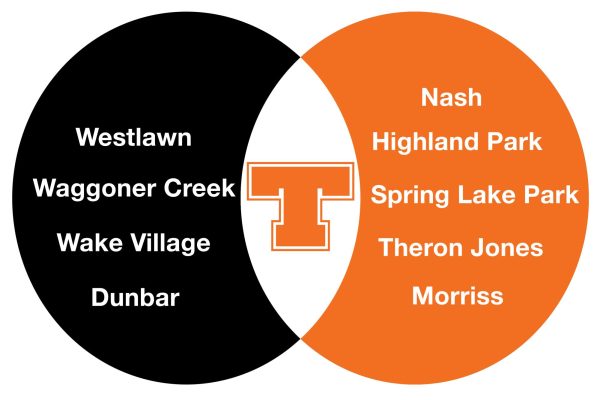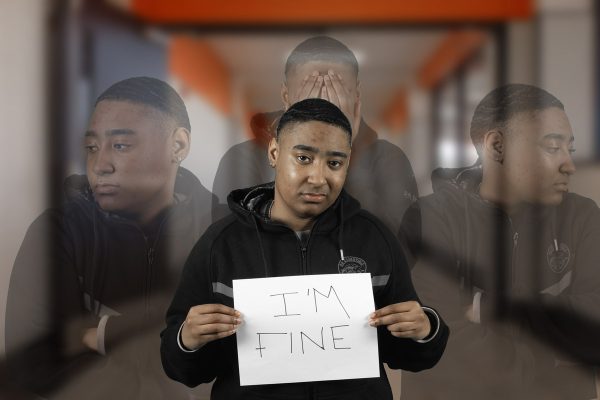Summer school for all
Education should continue all year long
A school bus parks at a typical summer destination.
April 5, 2022
Texas heat leaves sweat on students’ forehead as the weather inches closer to the summer months. The last leg of the second semester is in full swing. As students await the unfortunate sunburns on their skin in the coming months, they also become burnt out as school work piles against them.
Students have been imagining what summer has in store since school doors opened in mid-August: sleeping in, road trips, enjoying the little youth they have left before being forced into day jobs with far less generous break periods.
But those in the educational system don’t have to live in a world where students count the days until May 28. Although the idea may sound exhausting at first, school all year round could yield more advantages than many are willing to consider.
Perhaps the most eagerly awaited part of summer break is vacation. Maybe there are longtime high school friends finalizing plans to take in the Floridian ocean, or students looking forward to nibbling on a crepe while basking in France’s most famed landmarks. Regardless, more spread out breaks over the course of the year soothes any vacation-related stress.
Too many students have waited in those never-ending amusement park rides. Everyone has the same couple of months of summer to pack in all the year’s adventuring memories, leading to stampedes of tourists that suck the joy out of the experience. This problem would subside if breaks were spread apart. Districts would have different specific weeks students are out for each season, so crowds at various destinations would spread out as well.
This atypical educational schedule could also reduce anxiety during school. With the weight of advanced courses and extracurriculars on some students’ shoulders, burnout is nearly a requirement of the high school experience nowadays. Students feel their minds and bodies giving out as longer school breaks come near. However, with frequent week-long breaks, students can recover from their hectic schedules.
There are obviously historical reasons for summer breaks that could make for a rebuttal, but there is no reason to follow this age-old tradition. Summer’s often unbearable temperatures yield disappointing days off and would be much more appreciated during different times of the year.
Children do not want to play in 100 degree weather. They need a nice autumn breeze or the occasional spring sprinkle. With more breaks throughout the year, kids can play jump rope in the sun, without their hands being too sweaty to hold onto the handle. Teenagers can enjoy a neighborhood walk, without fearing an unsightly sunburn. People can experience free time in whatever weather best suits them and their interests.
Not only would time outside of class be more pleasant on a year-round schedule, but it would also make school more educational. For many grade levels, the first grading period is spent desperately trying to recall lessons from previous years to understand new concepts. If children were in school for some of the summertime, forgetting basic lessons from past semesters would be more of a rarity.
It is unfair that we treat each school year as a continuation of the last one and expect students to build on ideas they may or may not still comprehend. Less gaps in school time ensures less gaps in memory.
On a more serious note, year-round schooling ensures children’s safety. There are thousands of students in TISD. It is impossible for all of them to have a perfect home life.
Some are in poverty and need the stability of school to get through the day. Some may not receive proper attention from family and seek loving interactions with adults through teachers. Some may require more social environments than what is available in their small households. Although school throughout the year wouldn’t necessarily mean more days of school, those who socially or financially benefit in the classroom may find comfort in not struggling through several weeks at a time without their safe haven.
In theory, summer is the blissful end to the school year, the light at the end of the never ending tunnel. But the fact that students feel the need to look forward to May is a problem in itself. We should be able to find joy in learning ideas that could be the basis of our futures, but schedules hinder our ability to find entertainment in instruction. When students daydream about the serene summer to come, they need to consider a schedule that ensures a less stressful school year and more eventful, less sunburn sustaining days off.





















